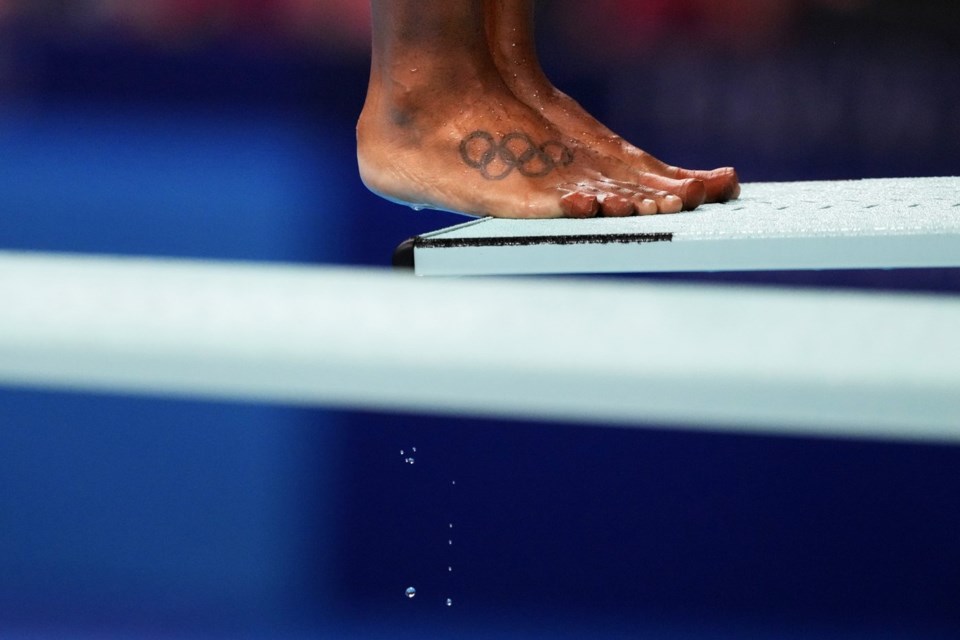Canada's new safe sport warden hopes the Future of Sport in Canada Commission's first report gives direction on patching up cracks when it comes to abuse and maltreatment.
The Canadian Centre For Ethics in Sport took over the receiving and investigating of complaints and reports of maltreatment and abuse from the Office of the Sport Integrity Commissioner in April at the behest of former federal sports minister Carla Qualtrough.
The CCES's first quarter report revealed the same jurisdictional issues that plagued OSIC — the CCES mandate is limited to the federally funded national level and not the provincial, territorial and club levels.
Of 111 reports that came into the CCES in the first quarter, only 11 were deemed admissible by the CCES, and 82 were dismissed because they were not at the national, federally funded level.
The CCES does make an effort to find other authorities to handle cases not under its umbrella.
It issued provisional measures against two individuals not named in the report, but no sanctions, in the first quarter.
Below the national level, sports organizations are left to hire Independent Third Party (ITP) bodies or lawyers to handle cases.
Reporting mechanisms and how complaints are handled vary.
"Something needs to be done about it," said CCES safe sport executive director Signy Arnason.
The Future of Sport in Canada Commission has said it will release its preliminary report Thursday ahead of a September summit in Ottawa.
The commission held cross-country consultations in a dozen cities from October to January, when athletes, coaches, officials and sport organizations were invited to participate in writing, or via online submissions and surveys.
An online public survey released June 16 closes Wednesday.
The commission was the among various federal government remedies for a wave of maltreatment and abuse reports, both current and historical, that surfaced after the 2022 Olympic Games in Beijing.
Tearful athletes spoke to parliamentary committees about mental, verbal, physical and sexual abuse, and of retribution for reporting it.
"What the Future of Sport in Canada Commission has to say is going to be really critical to advance safe sport in this country," Arnason said.
Bringing provincial/territorial and club sport under the CCES umbrella is one option, she said.
"Where's the money coming from to support that model?" she asked.
"The NSOs will already tell you that they're not getting enough funding at the national level, let alone taking on the other levels of sport.
"If we're serious about addressing maltreatment in this country, and I don't think that should be exclusive to those at the national level, then we've got to find a way to fund this properly."
Volleyball Canada was the only national sports organization to bring its provincial/territorial and club systems on board when it became a signatory to the Universal Code Code of Conduct to Prevent and Address Maltreatment in Sport (UCCMS) under OSIC.
But the CCES, which employs 15 people across its Canadian Safe Sport Program, is currently handling only national-level cases.
"We have a narrower jurisdiction even than what OSIC had in place," Arnason said. "We did that purposefully with the idea in mind that we wanted to be able to start what really is essentially a new program because we didn't transfer what OSIC was doing.
"We needed to get our bearings and better understand what was in the system and ensure that we were able to meet the timelines that are prescribed within the CSSP rules.
"That was imperative because if you can't meet the timelines and people don't have predictability within the system and know where they're at, then we're not doing any favours for anybody."
Of the 111 reports to the CCES in the first quarter, 33 per cent were made anonymously.
And 48 per cent of reports made by an impacted person were people under the age of 18, while 69 per cent of reported individuals were adults.
The types of prohibited behaviour reported included psychological, physical and sexual maltreatment, boundary transgressions, grooming, interference with or manipulation of process and discrimination.
"We're starting to see more reports come into our system that are within jurisdiction," Arnason said.
"That doesn't get at your issue around jurisdiction for these other pockets within Canada. And that discussion is desperately needed and we have to come up with a plan for sure . . . to ensure that everyone is subjected to the same rules of the game and they understand how maltreatment will be addressed regardless of what level of sport you're at."
This report by The Canadian Press was first published Aug. 26, 2025.
Donna Spencer, The Canadian Press



